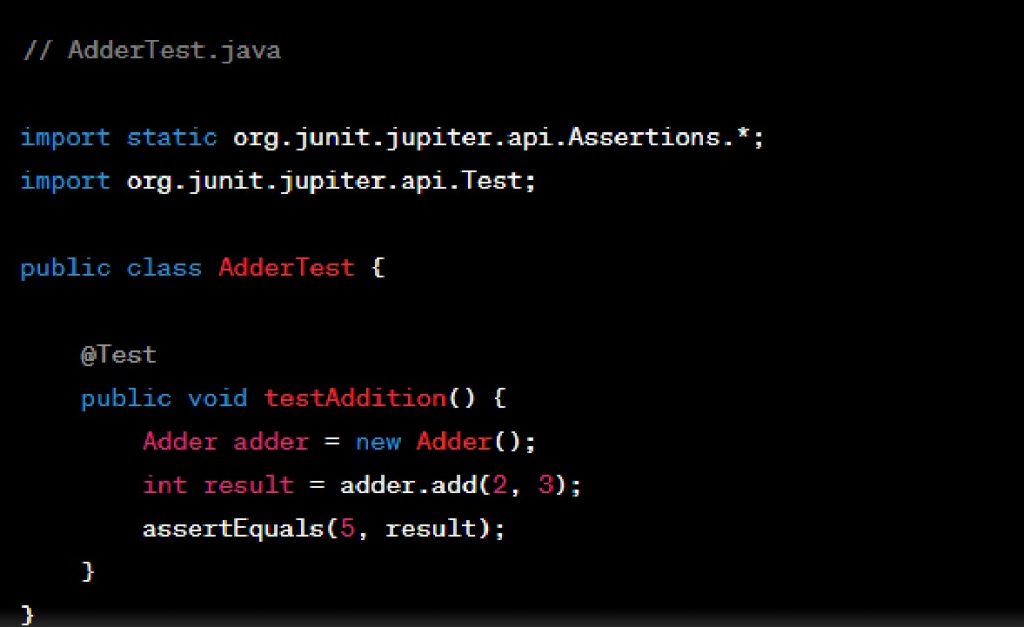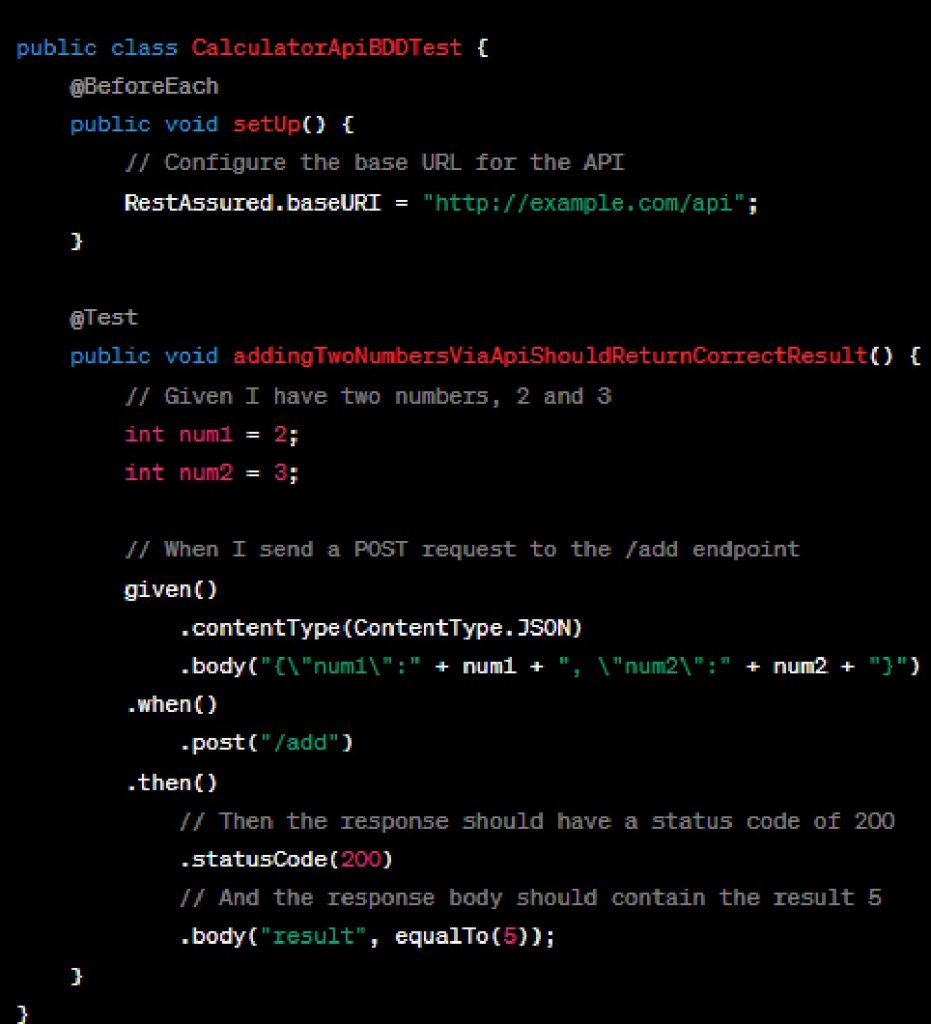TDD and BDD : Two Approaches, One Goal – Code Quality
Introduction
In the world of software development, testing is really important. It helps make sure that the code works well and is reliable. There are two popular ways to do testing: Test-Driven Development (TDD) and Behavior-Driven Development (BDD). These methods have different ways of doing things.
In this blog post, we’ll compare TDD and BDD, looking at how they work, what they’re good at, and when to use them. By the end, you’ll have a better idea of which method is right for your project.
Test-Driven Development (TDD)
TDD is a development process that revolves around the creation of tests before writing the actual code. The TDD cycle typically follows these steps:
- Write a Test : Developers start by writing a test that defines the desired functionality. This test initially fails because the functionality doesn’t exist yet.
- Write Code : The next step is to write the code necessary to make the failing test pass. The code is often written in small, manageable increments.
- Run Tests : After writing the code, the developer runs all the tests to ensure that the newly added code doesn’t break existing functionality.
- Refactor : If necessary, the code is refactored to improve its structure and maintainability while ensuring all tests continue to pass.
Benefits of TDD
- Improved Code Quality : TDD encourages developers to write clean, well-structured code that meets the specified requirements.
- Regression Testing : TDD ensures that existing functionality remains intact as new features are added, reducing the risk of regressions.
- More flexible, maintainable code : Because every part of the code is tested before moving on to the next part of the software development process, the code maintains functionality and is adaptable in the future.
Example: A short example of Test-Driven Development (TDD) in Java for a simple class that adds two numbers:
- Write a Test : Start by writing a test that defines the expected behavior of the Adder

At this point, the Adder class doesn’t exist yet.
- Run the Test : Running the test will result in a failure since the Adder class and the add method haven’t been implemented.
- Write the Class and Method : Now, you create the Adder class and implement the add method to make the test pass:

- Run the Test Again : After implementing the Adder class, you run the test again. If the class and method are correctly implemented, the test should pass without errors.
- Refactor (if needed) : If necessary, you can refactor the code to improve its structure or performance while keeping the test green (passing).
- Repeat the Process : You can continue this process by writing additional tests for different input values to ensure that the add method works correctly in various scenarios.
In this example, we used JUnit as the testing framework to follow the TDD approach in Java. The principles of TDD remain consistent: write tests first, implement the code to make the tests pass, and iterate as needed.
Behavior-Driven Development (BDD)
BDD takes a broader approach by focusing on the behavior of the software from the user’s perspective. BDD uses natural language specifications to define how the software should behave in various scenarios. The BDD process involves the following steps:
- Define Behaviors : BDD begins with defining behaviors and expectations using natural language, often in the form of user stories and scenarios.
- Write Tests : These behavioral specifications are translated into automated tests that validate whether the software behaves as expected.
- Implement Code : Developers write code to satisfy the behavioral tests, ensuring that the software aligns with the specified behaviors.
- Collaboration : BDD encourages collaboration between developers, testers, and non-technical stakeholders to ensure everyone shares a common understanding of the requirements.
Benefits of BDD
- User-Centric Testing : BDD focuses on user behaviors, making it easier to verify that the software meets user expectations.
- Improved Communication : BDD promotes better communication between team members and stakeholders through natural language specifications.
- Alignment with Business Goals : BDD ensures that development efforts are aligned with the overall goals of the business or project.
Example: Here’s a short example of a Behavior-Driven Development (BDD) approach in Java using the Rest Assured library to test a scenario of adding two numbers via a RESTful API:
- Write a Behavior Specification: Start by writing a behavior specification in plain text, describing the behavior you want to test:

- Write the Test Class: Create a Java test class that follows the BDD structure and uses Rest Assured to make HTTP requests and validate responses:

In this example, we’ve set up Rest Assured to interact with a hypothetical REST API that adds two numbers.
- Run the Test: Execute the JUnit test. Rest Assured will send a POST request to the specified API endpoint, and if the API behaves as expected, the test should pass.
This example demonstrates how to use Rest Assured in a BDD-style test to verify the behavior of a RESTful API. It follows the Given-When-Then structure of the behavior specification to make API requests and assert the expected results.
Choosing Between TDD and BDD
The choice between TDD and BDD depends on several factors:
- Project Scope : TDD is well-suited for low-level technical testing, while BDD is better for high-level, user-centric testing.
- Team Collaboration : If your team includes non-technical members or stakeholders who need to understand and verify requirements, BDD’s natural language specifications can be advantageous.
- Testing Focus : Consider whether you want to focus primarily on code correctness (TDD) or user behaviors (BDD).
- Tooling : Each approach has its own testing tools and frameworks, so consider what tools are available and best suited for your chosen approach.
Conclusion
TDD and BDD are both valuable testing methodologies, each with its strengths and focus. The choice between them should be driven by your project’s specific needs, the level of collaboration within your team, and your desired testing outcomes. Whether you opt for TDD’s developer-centric approach or BDD’s user-focused perspective, both methodologies can help you achieve higher code quality and more reliable software. Ultimately, the right choice will empower your team to deliver software that meets technical and user expectations.



